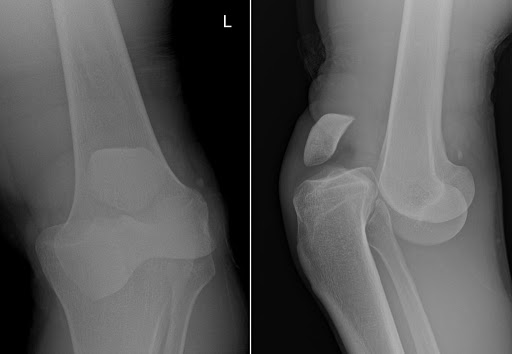Ayurvedic treatment of knee pain or KPL is one of the most effective methods available. A diagnosis of the problem area, together with the nature of pain and its cause, can be made quite easily with a simple home test. If the test is positive, then an Ayurvedic treatment can be started. If it is negative, then the problem can be left for correction.
Ayurvedic treatment of knee pain or KPL includes several steps. First, we warm up the affected parts with herbal extracts and other essential oils. Next, we apply warm mustard oil on the pain-site and extract oil with great care, first from the plant part and then out. This preparation is to be used as a primary therapy, and the plant part and the extract used as a secondary treatment in the final course of treatment.
Medicines like Guduchi (Tinospora cordifolia), Amalaki (Emblica officinalis), Haritaki (Terminalia chebula), Yav-Kshar, Laghu-Sutshekhar-Ras, Suvarna-Malini-Vasant, Heerak Bhasma and Suvarna-Parpati are used to reduce swelling in the knee joint. Local application on the pain-site, using the above medicines, may also be useful. Medicines like Panch-Tikta-Ghrut-Guggulu, Ras-Parpati, Suvarna-Malini-Vasant and Suvarna-Bhasma are used to help the function of the cartilages and synovial joints. Ashwagandha (Withania somnifera), Shatavari (Asparagus racemosus), Bala (Sida cordifolia) and Naagbala (Grewia hirsuta) are used to strengthen the muscles of the leg. Herbal medicines which can be used in this condition are: Brahmi (Bacopa monnieri), Jatamansi (Nardostachys jatamansi), Sarpagandha (Rauwolfia serpentina), Shankhpushpi (Convolvulus pluricaulis), Mandukparni (Centella asiatica), Vacha (Acorus calamus), Khurasani ova (Hyoscyamus Niger) and Kuchla (Strychnos nuxvomica).
Ayurvedic treatment is used in additional steps to provide relief from pain and improve functioning of the knee joint. Treatment which do not specifically focus on treatment of the knee, but supports its complete recovery, are also beneficial. This may include physiotherapy or physical exercises to strengthen the muscles around the knee. A course of medicines which strengthen the muscles and prevents recurrence of the pain is beneficial. Resting the affected part while the knee is immobilized is also helpful.
Medicines that act on the ‘Majja’ data (tissue) of the body are used to treat conditions such as arthritis and osteoarthritis. These medicines include Chitrak (Pluchea lanceolata), Saariva (Hemidesmus indicus), Patha (Cissampelos pareira), Musta (Cyperus rotundus), Kutki (Picrorrhiza kurroa), Rakta-Chandan (Pterocarpus santalinus) and Vishwa (Zinziber officinalis). Medicines like Jatamansi and Sarpagandha are useful for both osteoarthritis and rheumatoid arthritis. Kutki and Musta help in both conditions, while Chitrak, Saariva and Patha help treat osteoarthritis only.
Ayurvedic treatment is also useful for knee dislocation in elderly patients. Medicated oils like Mahanarayan oil, Chandan Bala-Laxadi oil, Musta and Vacha oil can be massaged directly into the affected knee. Using a stick or cane, they are used to stimulate the muscles and tendons in this part of the body. The main advantage of using oils in this way is that there is no need for surgery. In addition, Ayurvedic medicines have anti-inflammatory properties, which mean that they can also relieve the pain and swelling caused by knee dislocation. However, it is very important to make sure that you are using the right type of oil.

